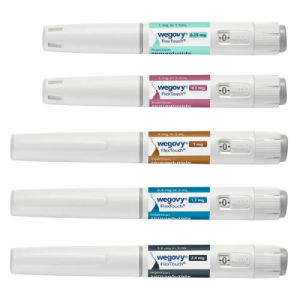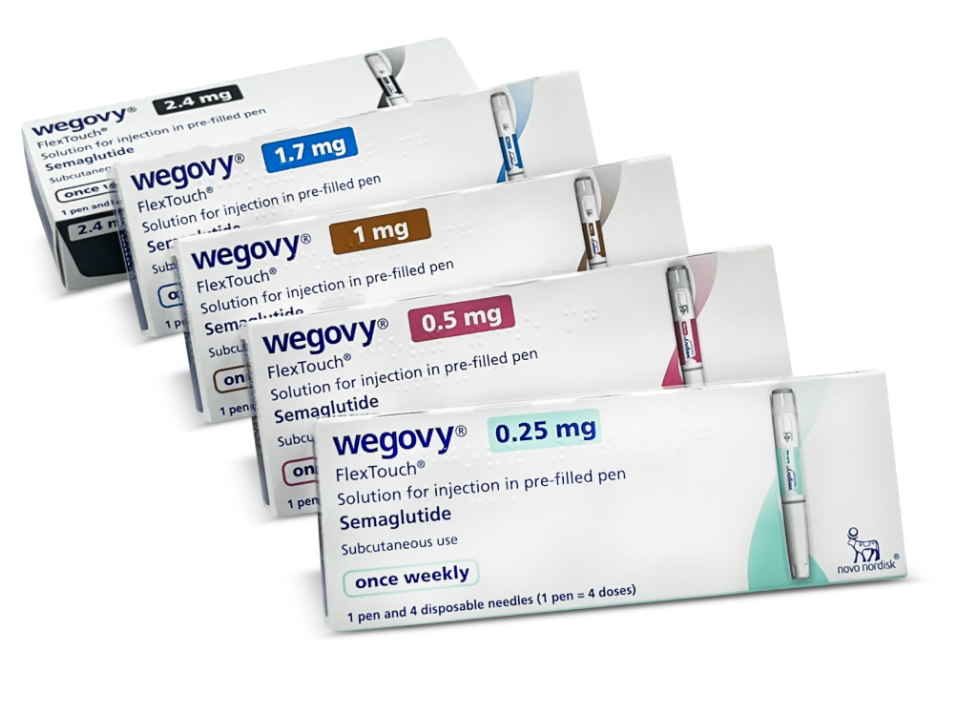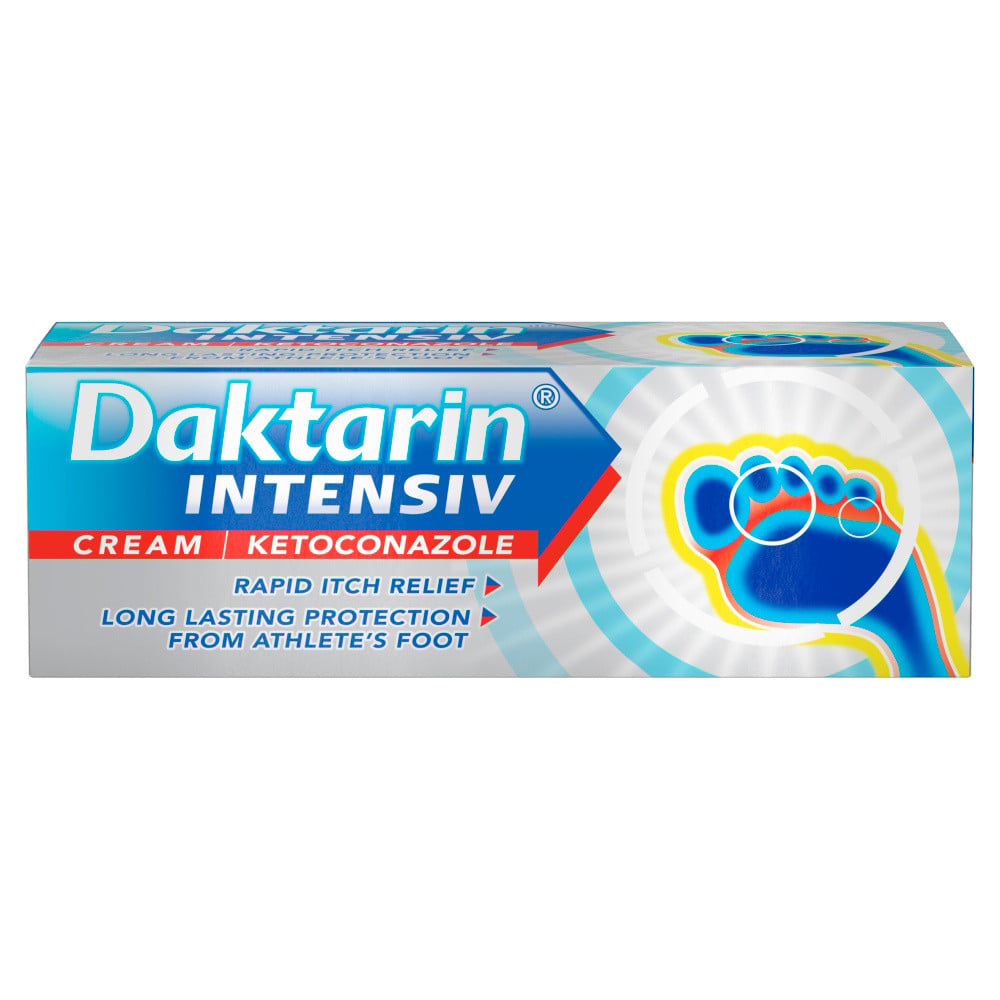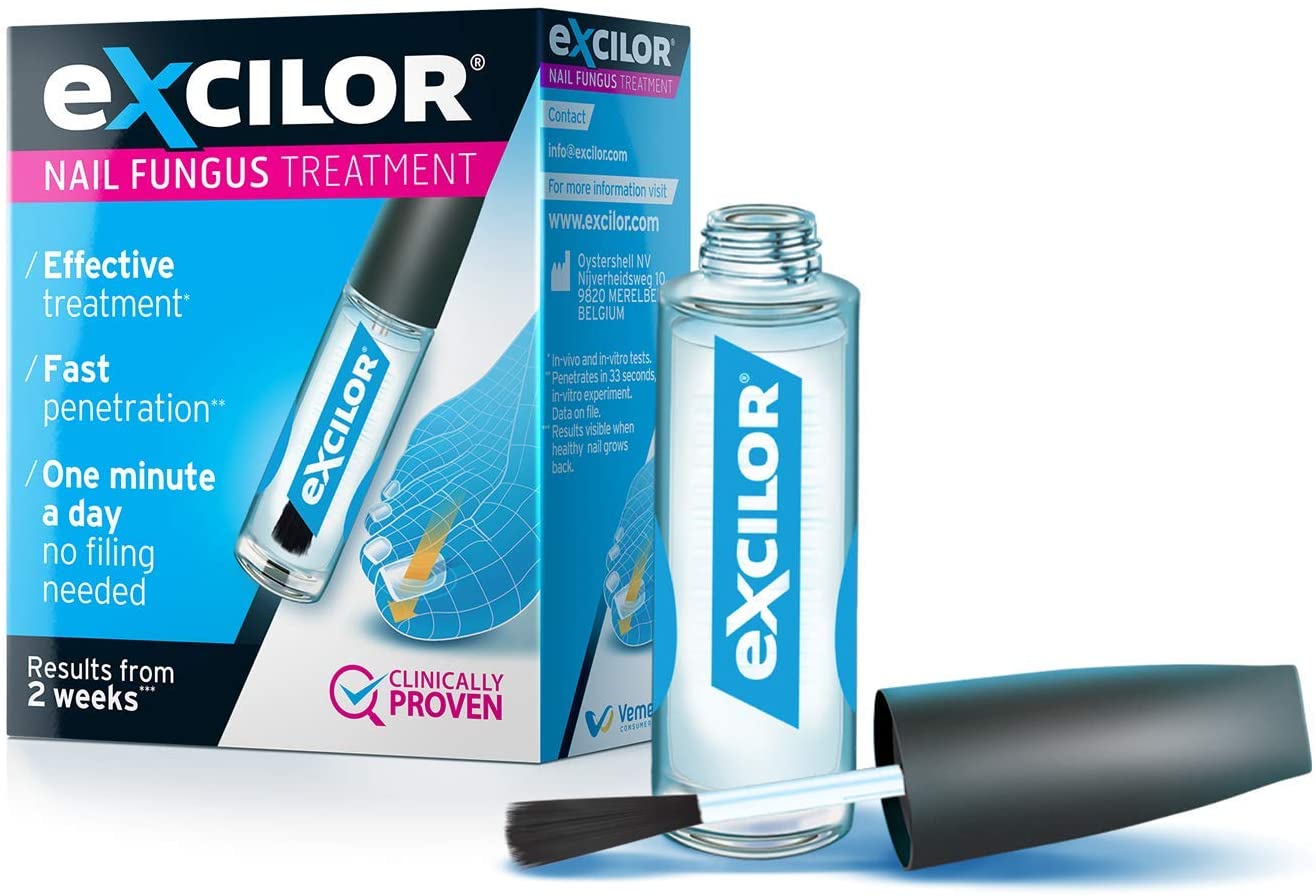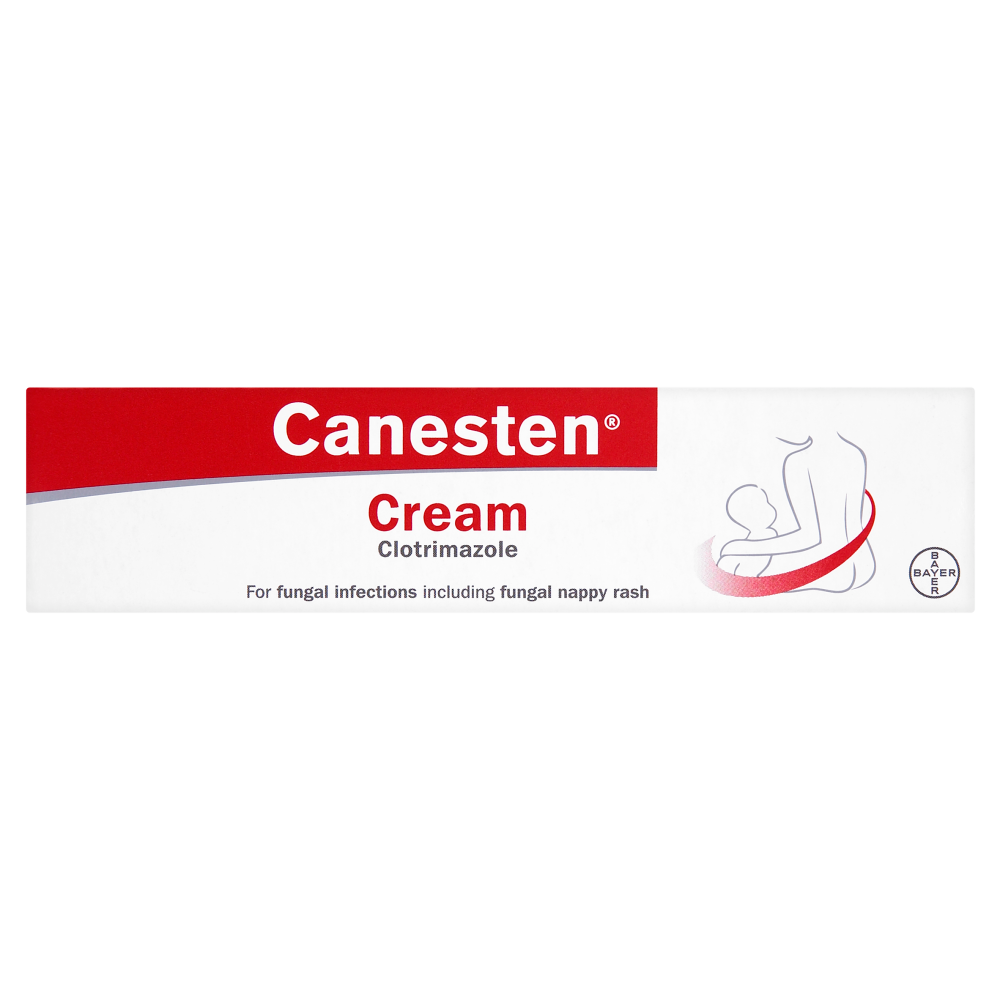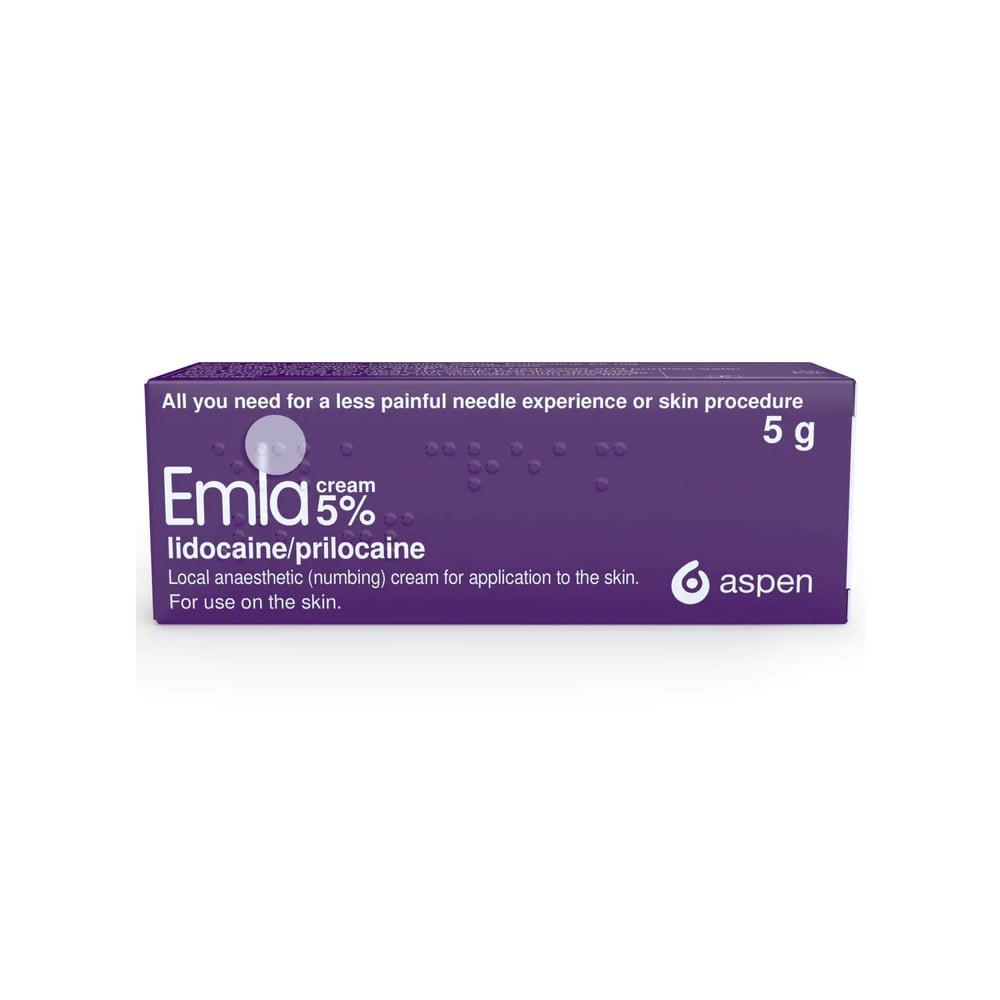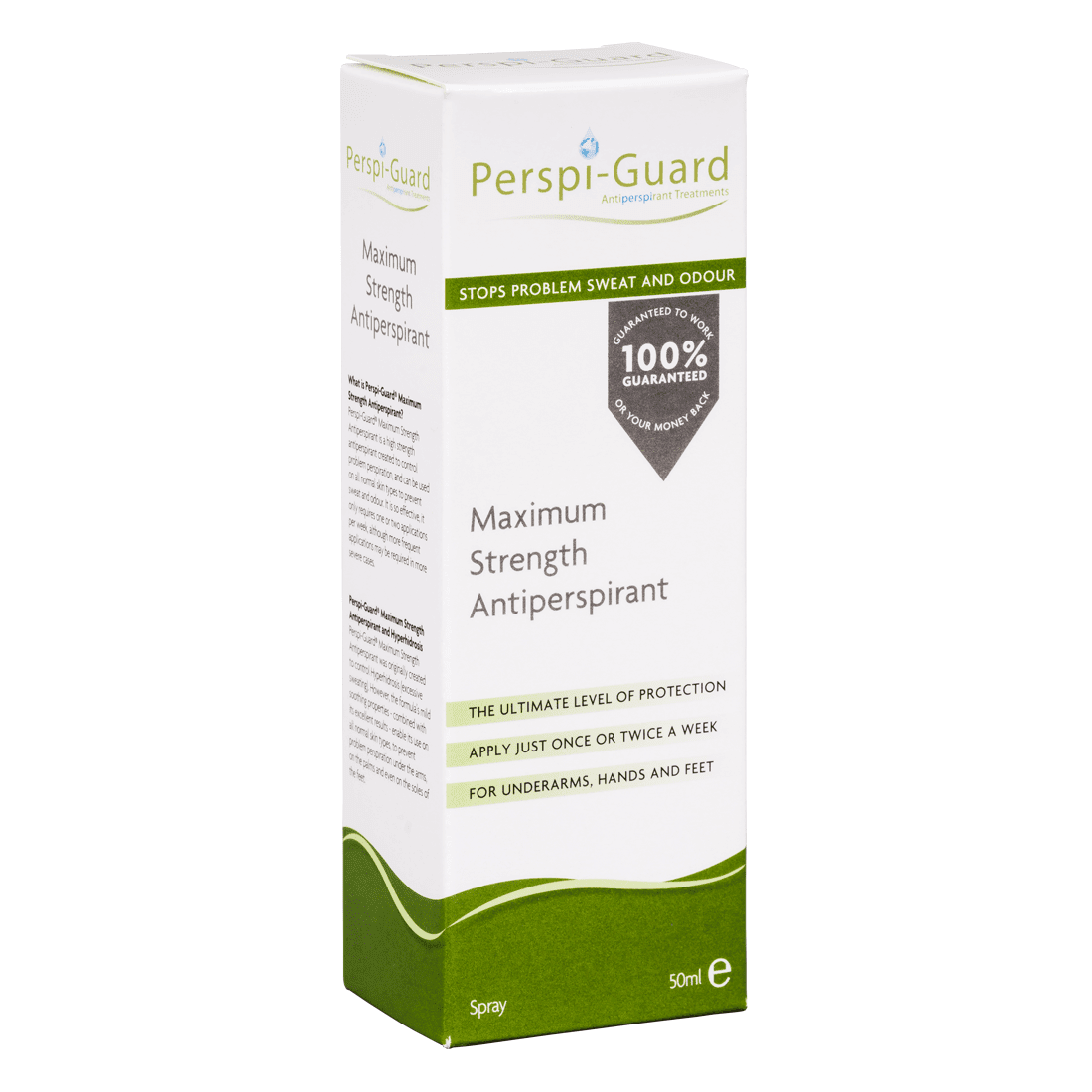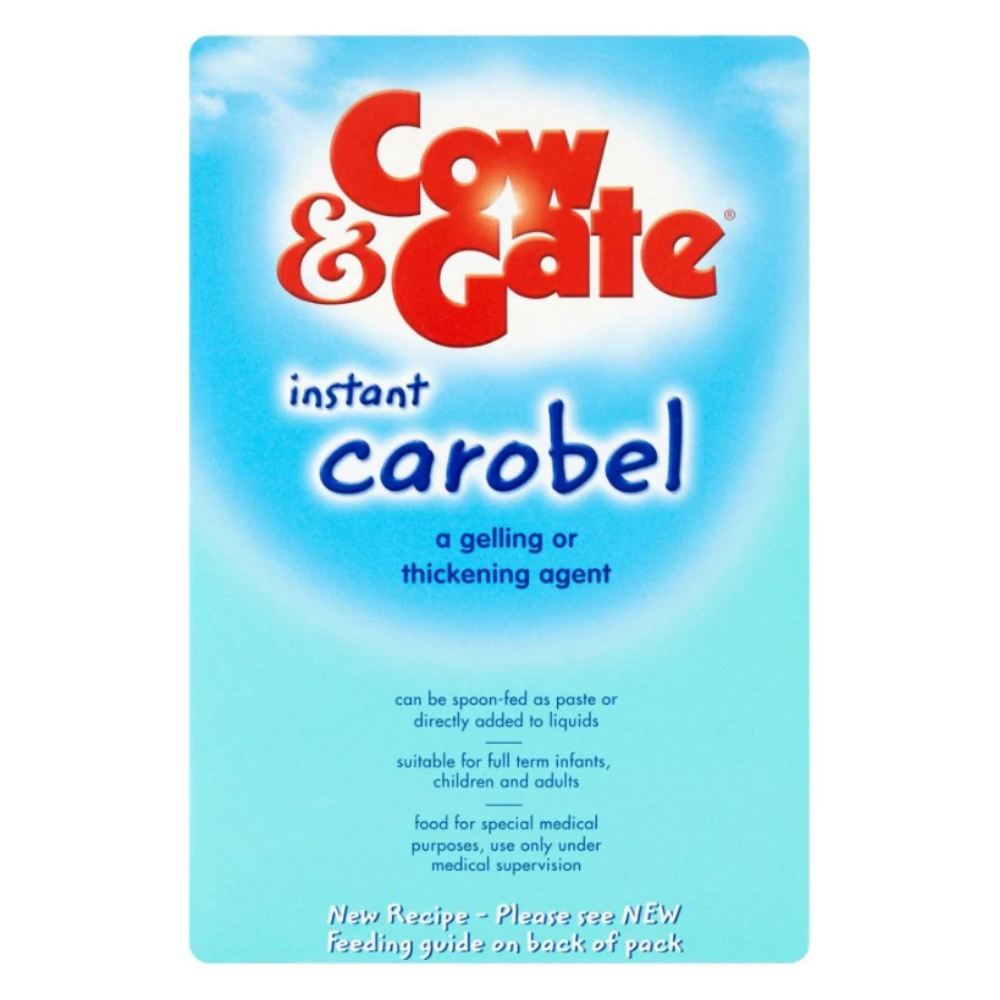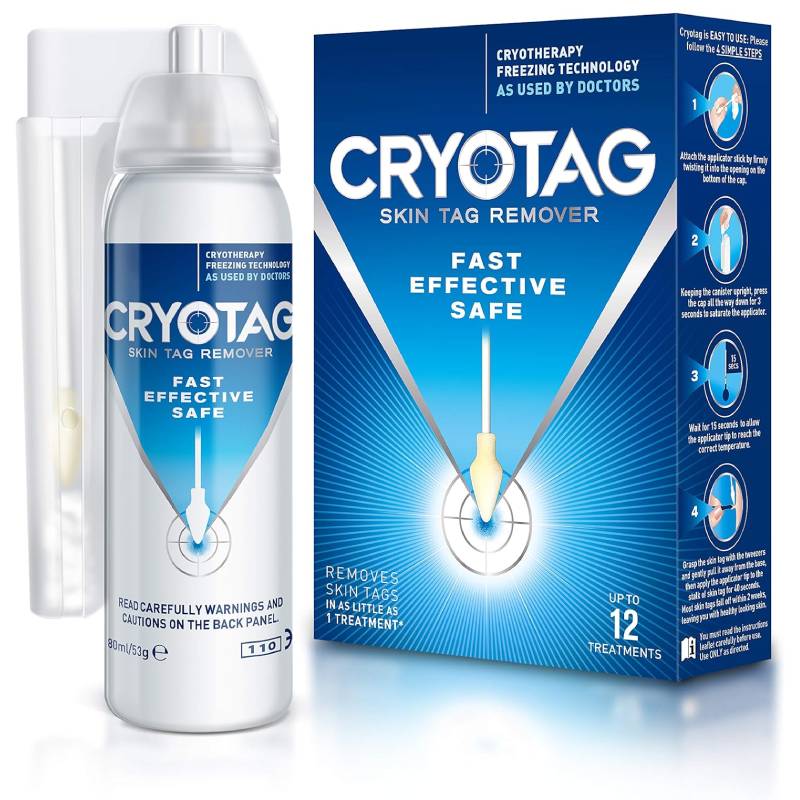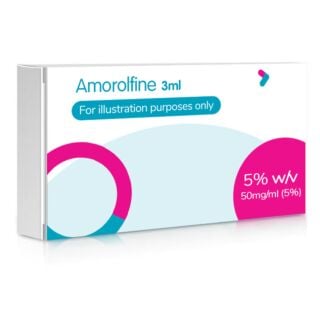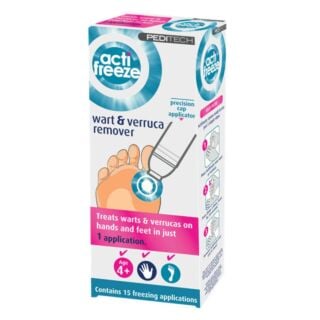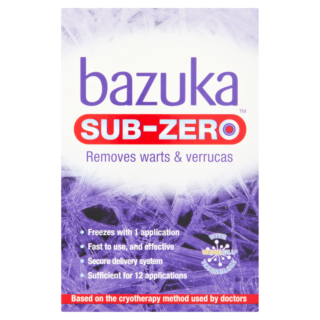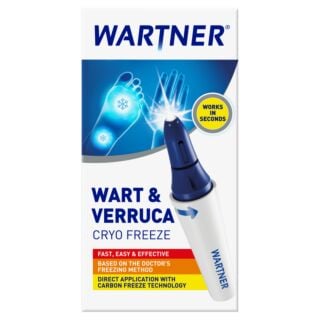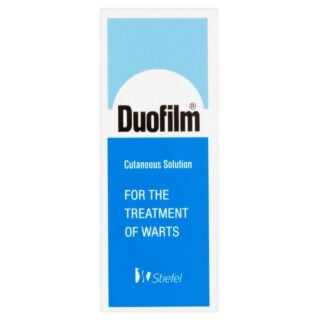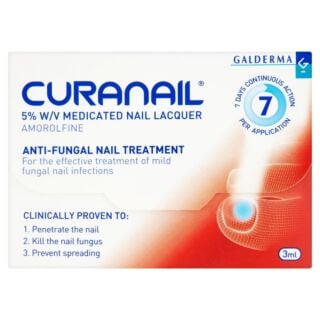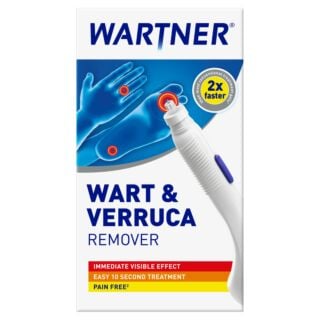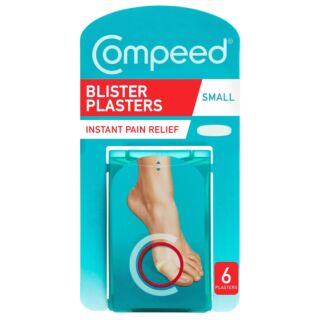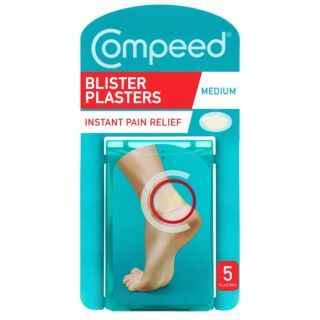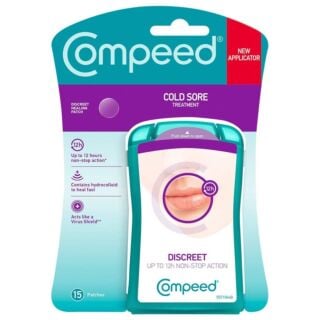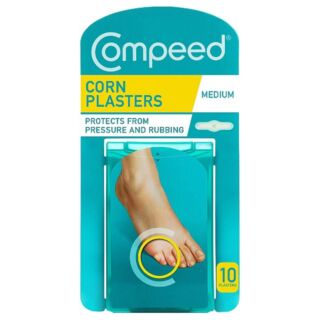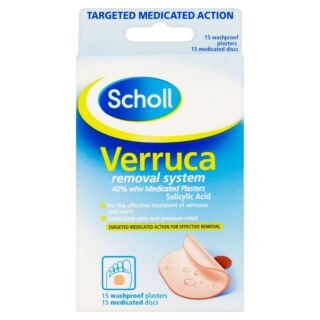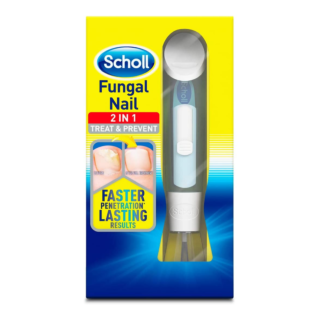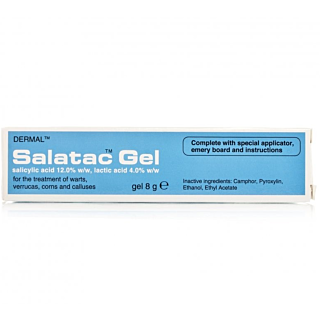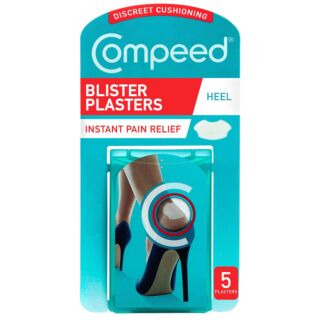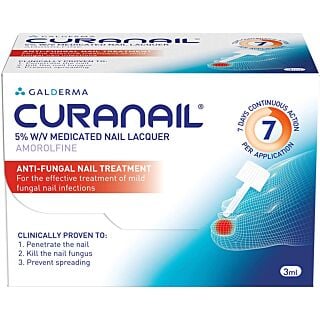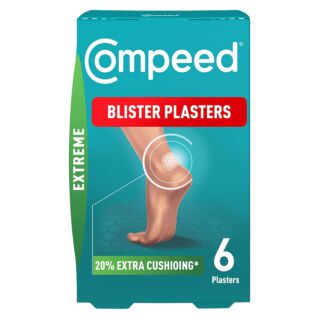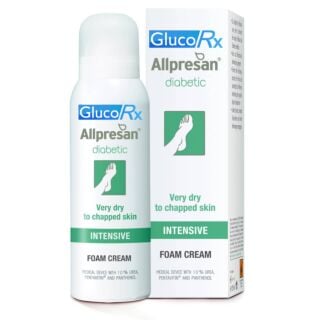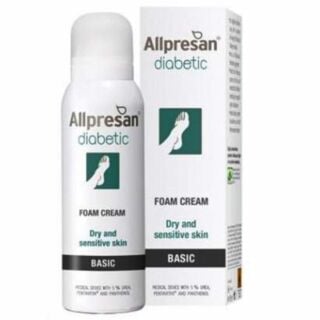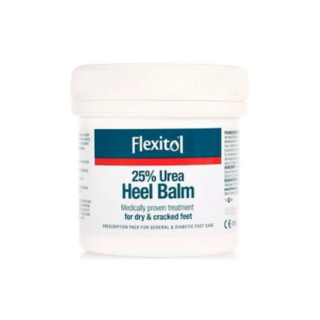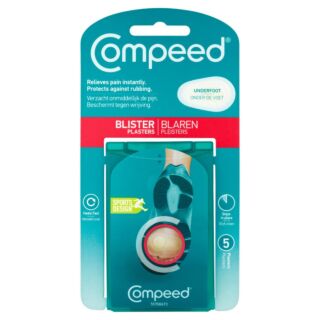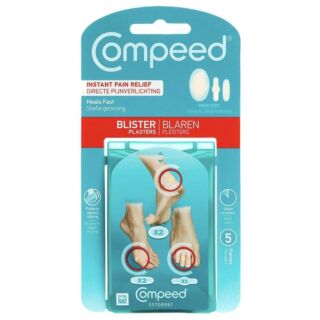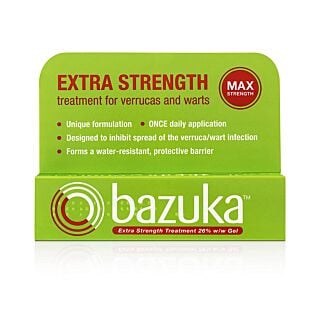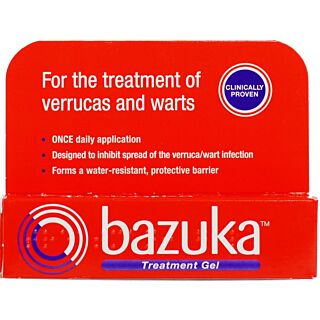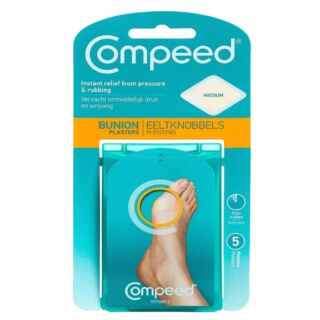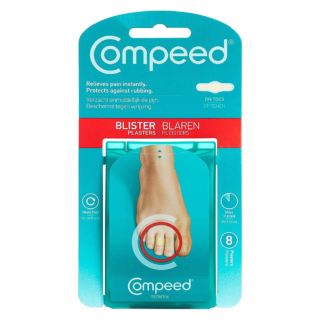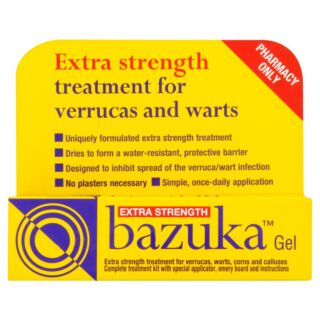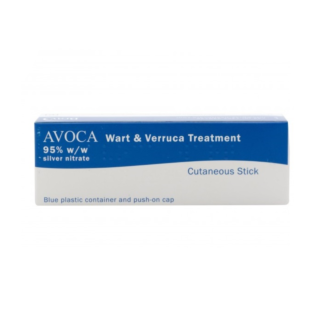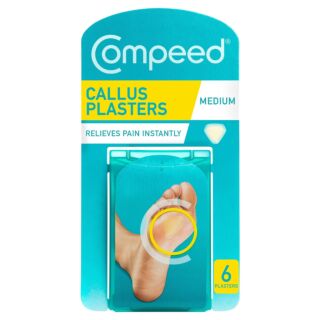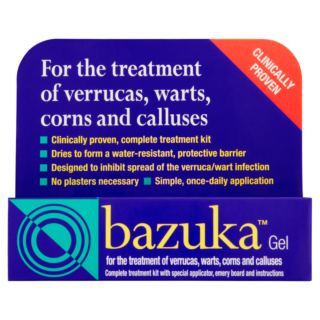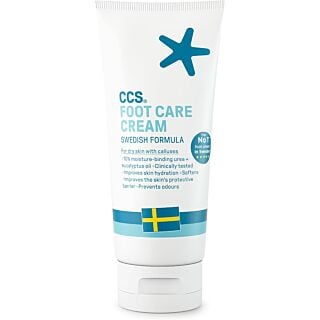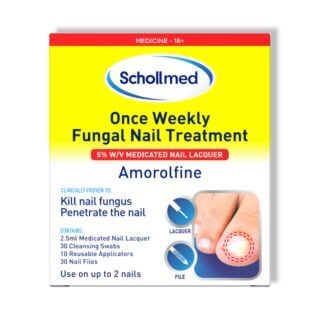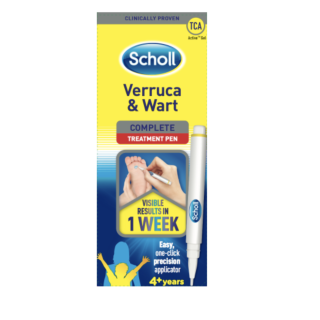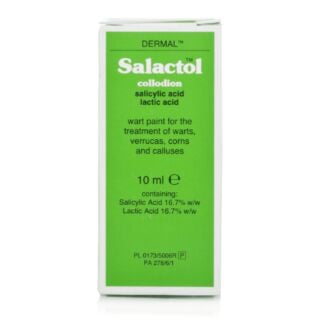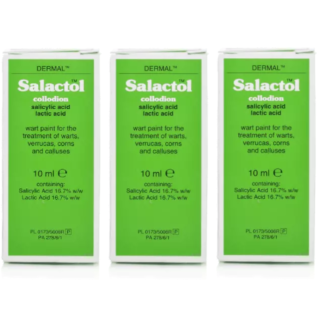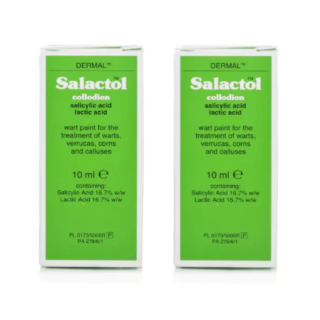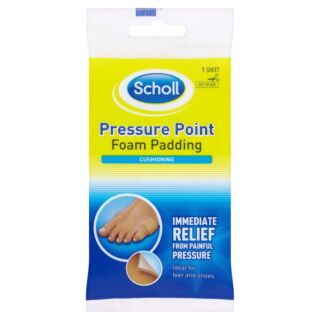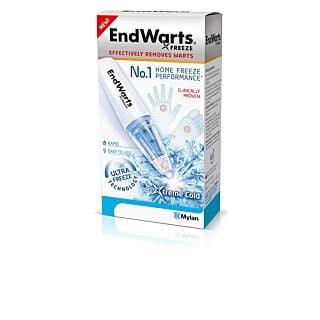Foot Care
We don’t tend to show our feet off very often. Hidden in our shoes as they carry us around all day, we can forget to give our feet the care they deserve. As a result, we may only consider our dry, cracked and hard feet if we think that someone else might see them. … Read More See less
But if we neglect our feet, they can develop real problems that affect our lives. This is especially important if you have diabetes, as this can predispose you to diabetes-related foot conditions that can become severe.1
So, let’s discuss foot care. From common foot problems to our daily foot and nail care tips, we’ll give you all our hottest advice for taking care of your feet.
What is foot care?
Foot care refers to the steps you take to make sure your feet are good condition, if you’re able to.2 This can include:2
- Checking your feet regularly for any problems
- Keeping your feet clean
- Moisturising the skin on your feet
- Clipping your toenails regularly
- Wearing appropriate footwear
- Treating any foot conditions effectively
Common foot problems
Problems that you might develop on your feet include:3–7
- Dry, cracked skin – skin with less than 10% water content. Dry skin is extremely common but is more likely in older people or people with skin conditions like eczema and psoriasis
- Skin fissures – large cracks in the skin of your feet either caused by a lack of moisture or too much moisture. Heel fissures are extremely common in summer, due to wearing sandals with open backs in hot weather
- Corns and calluses – an area of hard, thickened skin that occurs when the body tries to protect itself from excess friction or pressure in a certain area. Corns and calluses may be yellowish in colour and appear on the foot, heel or toes
- Ingrown toenails – when the nail pierces the surrounding skin, causing pain and inflammation. This commonly affects the big toe and can be avoided by trimming your toenails regularly and keeping the corners of your nails visible
- Athlete’s foot – a fungal infection that causes red, itchy skin on your heel and between your toes. This is a highly contagious condition that is more common in people who use communal changing areas. It can be treated using athlete’s foot cream or a nail lacquer set if the infection spreads to your nails
- Warts and verrucas – small lumps caused by the human papilloma virus (HPV) that can occur on your feet and be itchy or painful. They are spread via contaminated objects or skin-to-skin contact
- Blisters – pockets of fluid that form under the skin due to friction during activities like walking. Preventative foot blister care includes using surgical spirit rubbed over the area that tends to blister to toughen the skin
When to see a GP or podiatrist
You should contact your GP or a podiatrist (foot specialist) if you have a problem with your feet and:5–9
- Cuts or wounds that won’t heal
- A temperature
- Sores
- An ingrown toenail
- Bleeding
- Warts that won’t go away
- Diabetes
- Signs of infection (swelling, heat, pain, discharge, redness)
If you have diabetes, your feet should be assessed during your annual diabetes review to check for and monitor any potential problems. 8
How to check your feet?
Checking your feet is an important part of maintaining good foot hygiene, as it means you can identify any issues before they progress.9
To check your feet properly, you should carefully examine the top and bottom of your feet, as well as between your toes, for any:9
- Cuts
- Scratches
- Bruises
- Blisters
- Wounds
- Painful areas
If it’s difficult for you to see your own feet, you can try using a mirror or asking someone to help you.9
Top footwear tips
Wearing the right footwear can help to prevent a variety of different foot problems.8,10 If you’re wondering what the right footwear is, the answer is: shoes that are comfortable, fit properly and are in good condition.8,10
The ideal shoe should:
- Be made of breathable, natural or synthetic material with seam-free linings
- Have a deep and roomy toe-box at the front to prevent pressure on your toes
- Have a broad heel no more than 3cm (1.5 inches) high
- Have a cushioned and flexible light rubber sole with good grip
- Have a lace, buckle or velcro strap fastening that holds the shoe comfortably and securely on your foot
You should avoid:
- Wearing slippers all day as regular footwear, as they offer little support and encourage perspiration
- Slip on or backless shoes
- Shoes that are too big or too small, with squashed backs
- Wearing lace up shoes that are untied or without laces
Daily foot care
Having a good, daily foot care routine can keep your feet healthy and reduce the risk of any problems developing.10
To take care of your feet every day:9–12
- Wash your feet with soap every day in the shower or bath
- Do not soak your feet for more than 10 minutes, as this can reduce the natural oils in your feet, resulting in dry skin
- Dry your feet, including between your toes, thoroughly with a clean towel to reduce the risk of bacterial or fungal infections. If your skin is fragile, use tissues to dry between your toes
- If the skin between your toes is white and moist, apply surgical spirit or witch hazel daily using cotton wool (unless your skin is broken, in which case this will sting)
- Gently scrub your toenails using a nail brush
- Remove hard skin by gently rubbing with a pumice stone or foot file (unless the hard skin is over a bony area)
- Moisturise your feet twice a day using a urea-based foot cream (10% or 20% concentration). Your podiatrist will tell you which one is right for you
- Change your socks and/or tights every day
- Wear cotton socks to help your skin breathe
- Don’t try to remove hard skin/corns using sharp implements, as these can damage your skin
- Speak to an HCPC registered podiatrist if you are experiencing pain and discomfort and need more support
- Get regular exercise, even if it’s just walking around the house, as this can help your circulation
Nail care
Proper nail care can reduce the risk of ingrown toenails.10
Generally, filing your toenails is safer than trying to cut them.11 You should:
- File your toenails two times a week
- File in one direction, away from your body
- File thickened nails from on top to reduce their thickness and keep them comfortable (but avoid using the same nail file used on fungal toenails on non-infected nails)
However, if you prefer to cut your toenails:9–11
- Cut your nails every six to 12 weeks using nail scissors or clippers
- Cut straight across your nails, not too short or down the sides of your nails, as this can lead to ingrowing nails
- Use a nail file to round off any sharp edges
Your personal foot care kit
To help you manage your foot care, you should have:13
- Nail clippers
- Nail file
- Foot file
- Moisturiser or a urea-based emollient
- Small hand-held mirror
Sources
- https://clevelandcliniclondon.uk/clinical-institutes/heart-vascular-thoracic/diabetes-related-foot-care
- https://www.nhsgrampian.org/globalassets/foidocument/foi-public-documents1---all-documents/footcare-advice-pil.pdf
- https://www.esht.nhs.uk/wp-content/uploads/2022/10/1020.pdf
- https://www.torbayandsouthdevon.nhs.uk/uploads/22233.pdf
- https://www.wchc.nhs.uk/wp-content/uploads/2019/12/Foot-care.pdf
- https://www.nhs.uk/conditions/warts-and-verrucas/
- https://www.nhsinform.scot/illnesses-and-conditions/skin-hair-and-nails/warts-and-verrucas/
- https://www.nhsinform.scot/healthy-living/preventing-falls/keeping-well/looking-after-your-feet/
- https://www.guysandstthomas.nhs.uk/health-information/caring-your-feet-and-toenails
- https://www.rdash.nhs.uk/services/podiatry-foot-protection/looking-after-your-feet/
- https://www.sth.nhs.uk/clientfiles/File/pd7238%5B1%5D%20footwear%20and%20foot%20care%20advice.pdf
- https://www.southtees.nhs.uk/services/community/podiatry/footcare-advice/
- https://www.berkshirehealthcare.nhs.uk/media/109514712/caring-for-your-feet-podiatry-foot-care-service.pdf

Free delivery when you spend over £30

100% discreet delivery for every item ordered

Fully regulated UK pharmacy
How do you prevent athlete’s foot?
Despite the name, anyone can get athlete’s foot - not just athletes.
To prevent yourself from getting athlete’s foot, wear protective footwear like shower shoes or flip-flops when walking around a pool, gym, public shower, or locker areas as the fungus which causes athlete’s foot may be on the floor.
It’s important to keep your feet dry as the fungus is attracted to damp, warm areas like sweaty shoes - you may wish to alternate shoes each day to give them time to air and dry properly.
How do you treat a blister on the heel?
Most blisters have a bubble, which can be painful and uncomfortable.
Bursting a blister isn’t recommended as it can open the door to harmful bacteria which could cause an infection on the site of the blister.
However, you can safely drain a blister to provide relief.
First, wash your hands, disinfect a needle, and clean the blister with an antiseptic.
Create small punctures around the edge of the blister and allow the fluid to drain on a disposable cloth, then apply antibacterial cream and cover the area with a plaster.
It’s a good idea to repeat these steps daily until the blister has healed.
What is the best way to care for your feet?
You wouldn’t go a week without showering, so we shouldn’t go a week without checking the health of our feet - they work hard carrying us around all day, after all!
Make sure that there aren’t any sores, cuts, swelling or infections, like athlete’s foot or a fungal nail.
Clean them thoroughly when you shower or bathe, but be careful not to dry them out.
Afterwards, lather them in moisturising lotion and trim your toenails if needed, as it can be painful if they get too long and become ingrown.
Finally, always pick comfortable, supportive shoes if you’re on your feet all day.
What’s the best treatment for cracked heels?
Dry, cracked heels are a common problem, especially during the warmer months when your feet are exposed by wearing things like flip-flops and sandals.
It’s best to exfoliate the skin first with something like an electronic foot file to buff away the layers of dryness.
This should be followed by a moisturising lotion, like O’Keeffe’s Healthy Feet Cream which provides soothing relief for dry, cracked heels, hydrating the skin and leaving them feeling soft and smooth.
How do you get rid of foot odour?
There are a number of ways to eliminate your foot odour, and we have the products available to help you do just that.
We have sprays to kill the bacteria causing foot odour, dry out your sweat and neutralise odour to leave your shoes and feet smelling great again.
What causes foot odour?
Your feet produce more sweat than the rest of your body, but teenagers and pregnant women are more prone to excessive sweating due to the changes in hormones.
Some bacteria live on the feet naturally, and when this sweat and bacteria mixes, it can cause a foul-smelling odour.
You’ll get extra bacteria on your feet when you don’t allow sweaty shoes to fully dry out, increasing the bad smell.
Poor hygiene can cause foot odour, like not washing your feet enough or changing your socks at least once per day causes extra bacteria to form.
Who is more at risk of developing foot odour?
You’re more likely to develop foot odour if you’re on your feet all day, are pregnant, in your teens, if you’re exerting yourself, or you’re known to sweat excessively.
But anyone can get foot odour, for example, if you practice poor hygiene or you don’t change your shoes often enough.

